Dealing with contemporary environmental challenges requires sustainable solutions inspired by nature that integrate the “principles of life”, which are developed through the evolutionary processes for the “survival of the fittest”. When biology collaborates with human intelligence for technοlogical and theoretical innovations, the biomimetic approach emerges, which could be used by architects to reconsider quality of life. This topic is the main focus in the following diploma research project by Athanasia Kloura and Emmanouela Myrtaki.
-text by the author
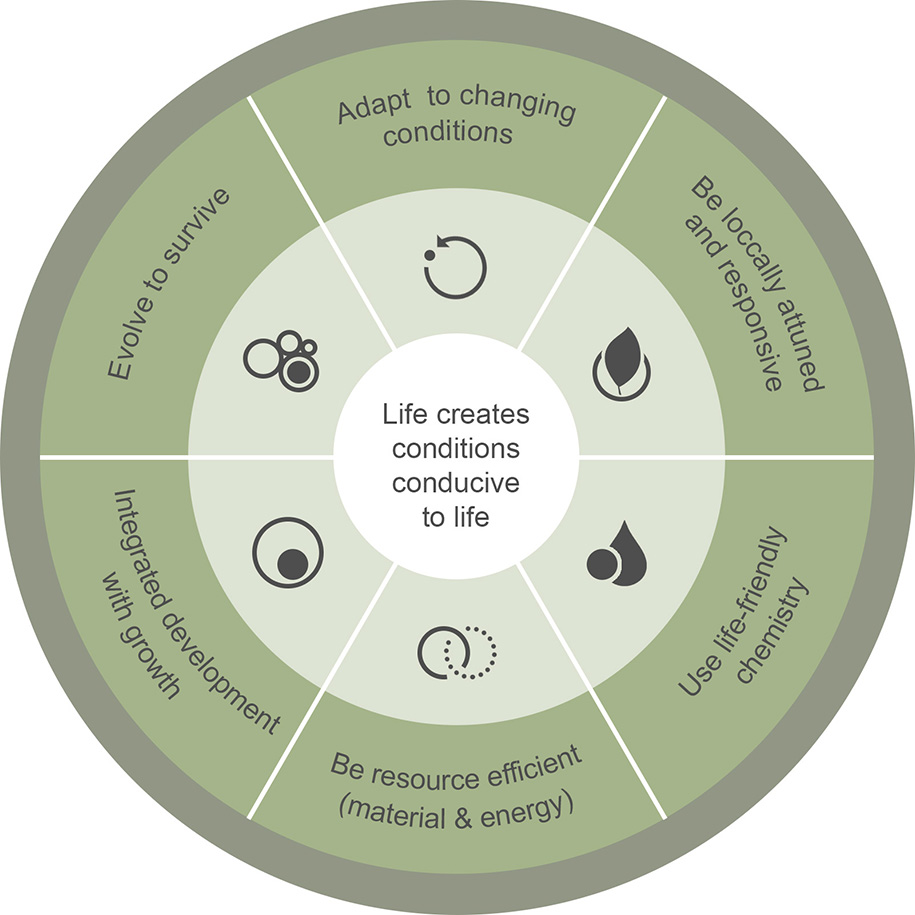
Bibliography distinguishes two approaches to develop a biomimetic design. The former, known as the top-down approach, denotes looking to the natural world to solve a specific design problem. The latter, the bottom-up approach, suggests the development of a biomimetic design based on incoming data from organisms. Among the two approaches, Maibritt Zari concludes three levels of biomimicry: organism, behaviour and ecosystem level. The third level refers to the sustainable aspect of biomimicry as it leads to positive impacts on overall environmental performance.
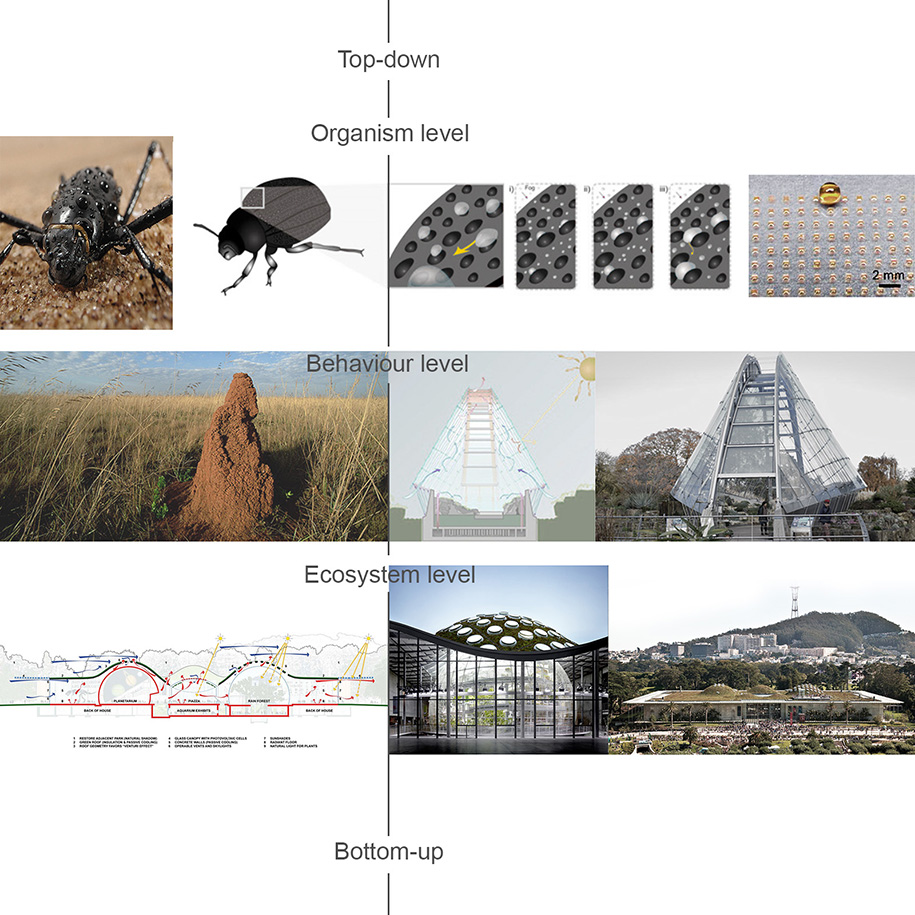
Considering that biomimicry is closely related to morphogenetic processes – self-organization, emergency, autopoiesis – it is an approach based on technological potential. Since the beginning of the 20th century, synthetic biologist Arnim von Gleich highlights three “strands”, each one provides innovative solutions, overcoming technological limits of the previous one. These are “functional morphology-form and function”, “biocybernetics – information processing, sensorics and robotics” and “nanobiomimetics – molecular self-organisation and nanotechnology”.
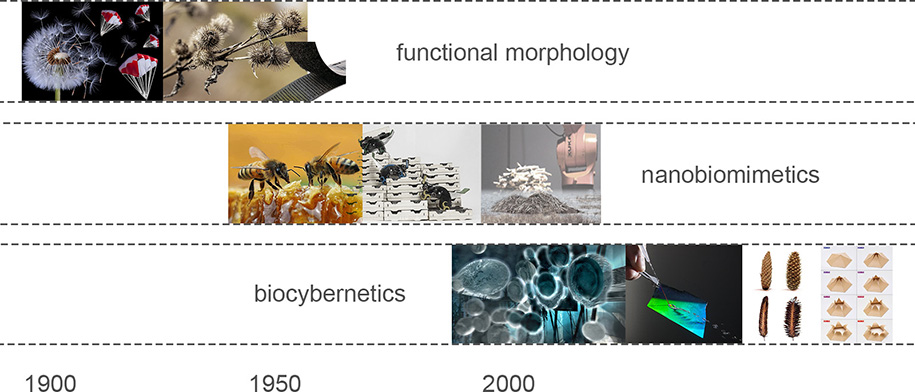

As Christina Codgell mentions, a rising inclination towards the science of nanobiomimicry is noticed, the basis of which is technologies that use computational tools can unify natural, biological and cognitive principles for the development of a new way to design. Thus, the definition of biomimicry can broaden as “natural computing”, which includes three interdisciplinary fields in architecture.
“Material computation” refers to the integration of macroscale material properties in design computation so the design process would be informed constantly for potential results, as Achim Menges’ research focuses on. Moreover, Menges and his colleague Karola Dierichs have developed the term of “aggregate architecture”, in which granular components are connected to each other through friction and gravity.
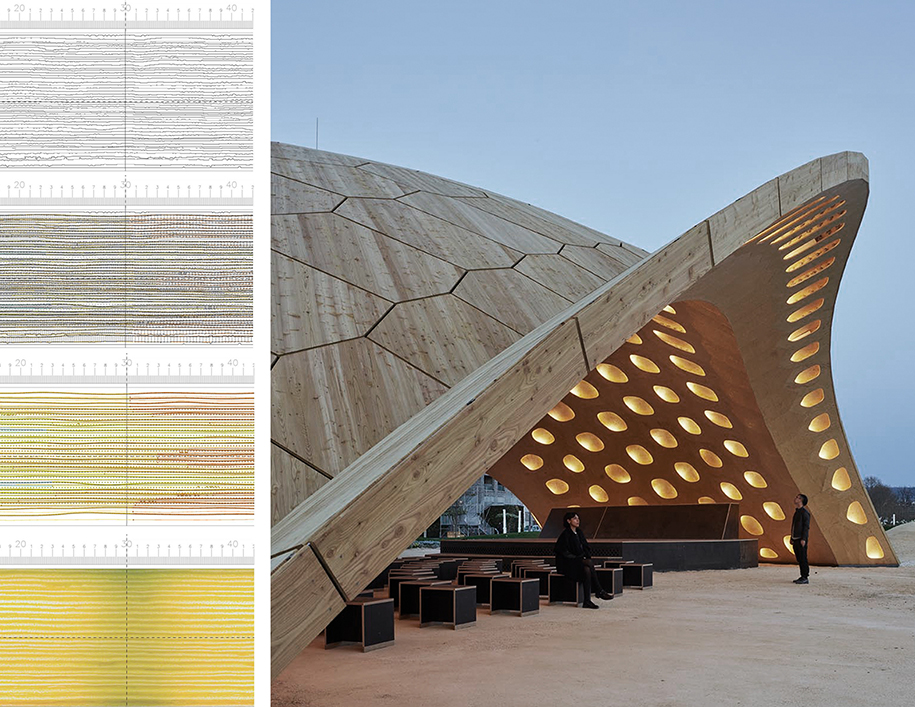
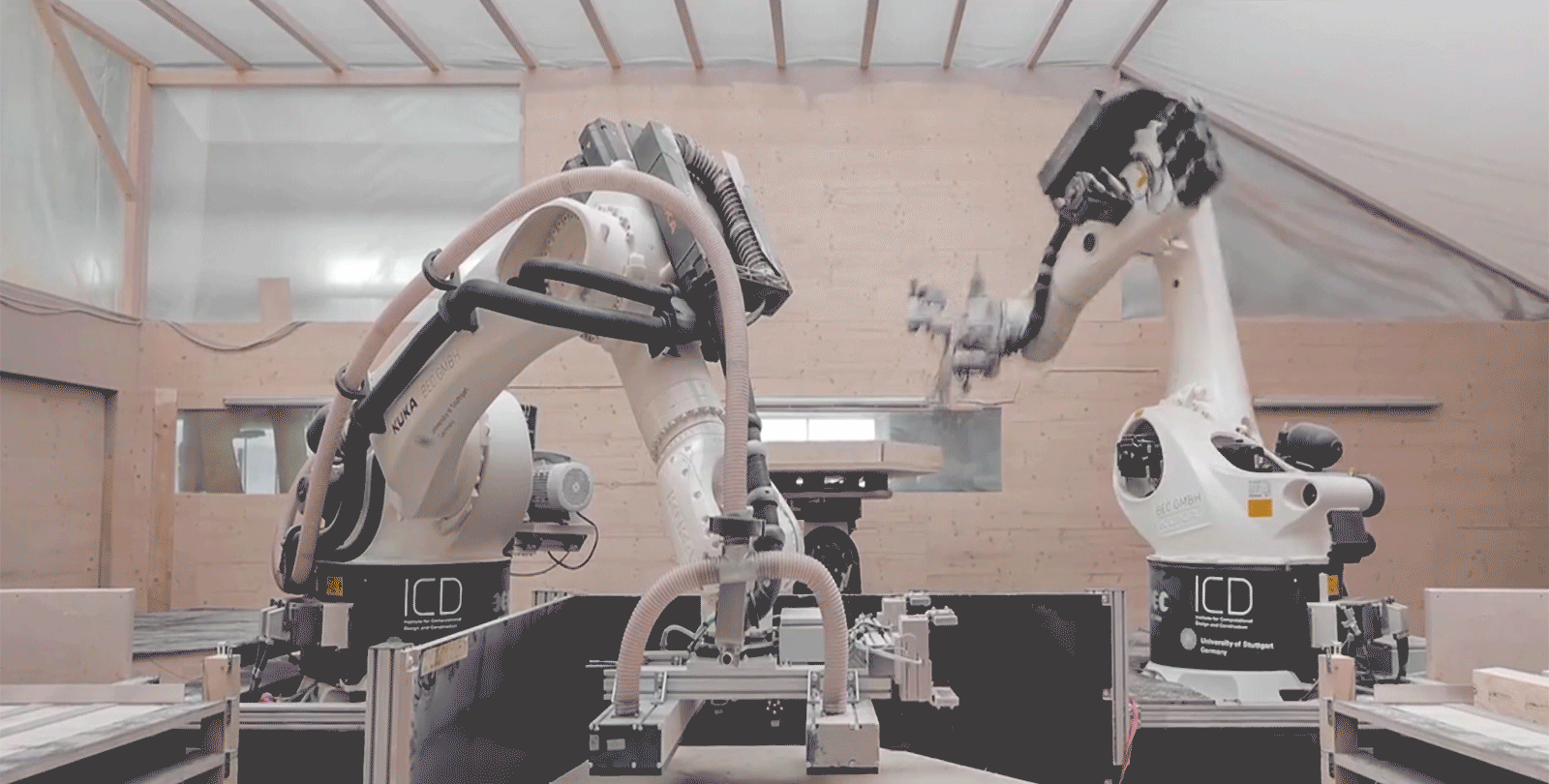
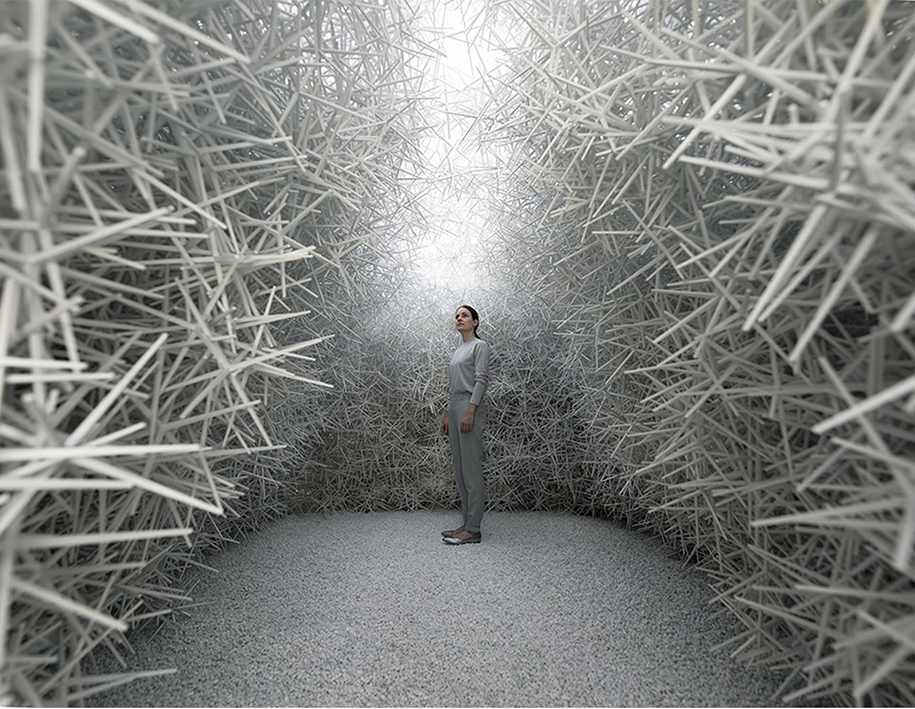
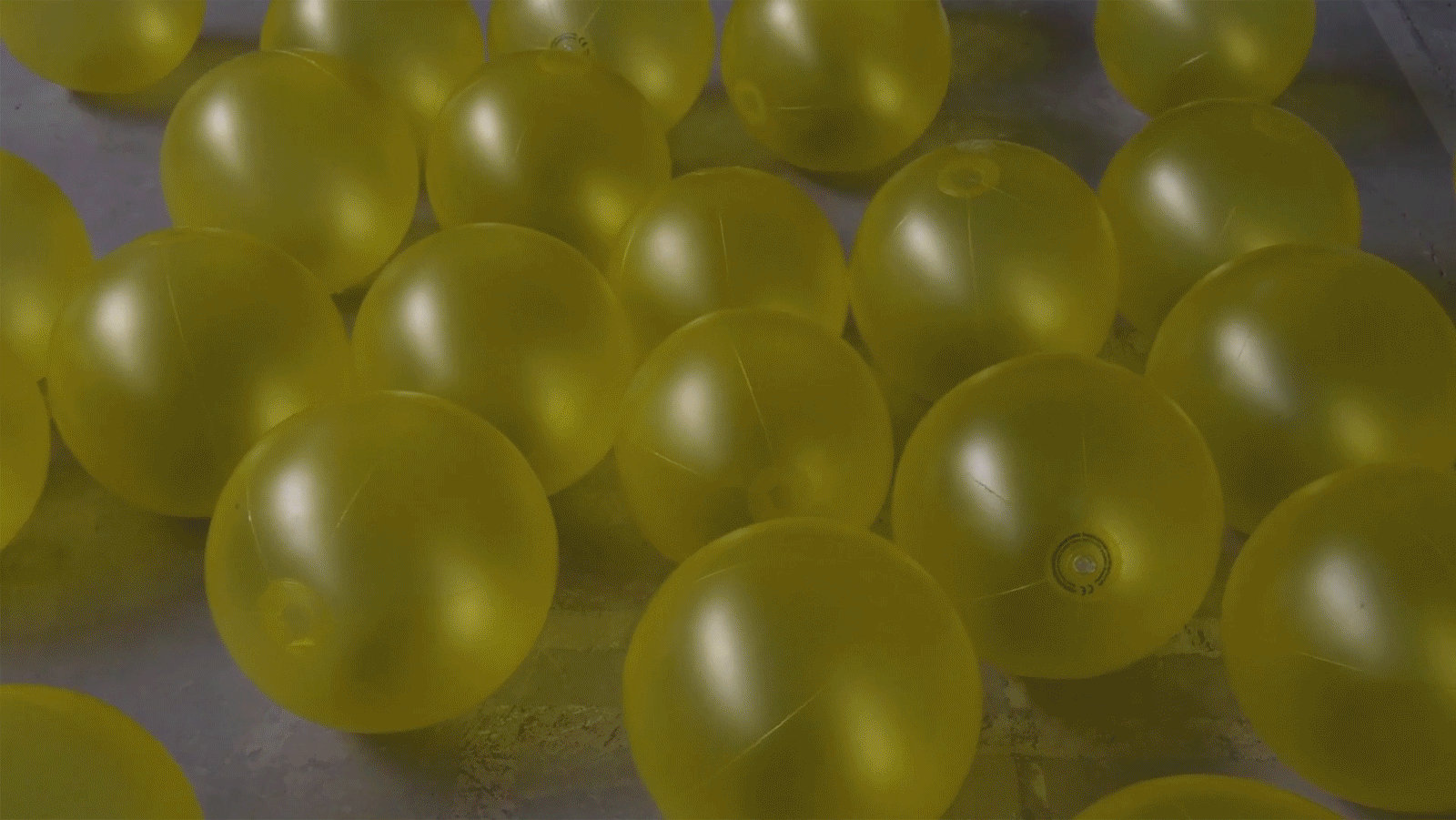
After “material computation” follows “programming matter”, where there is the potential to design and develop specific material behavior through the integration of components at macro- and micro-scale. In that case, Neri Oxman and her research team at MIT focus on nature’s aspect to produce heterogeneous materials that combine structural and functional properties at different scales. In the same field, Skylar Tibbits focuses on “self-assembly” of components under extrinsically imposed forces, emphasizing on passive energy sources.
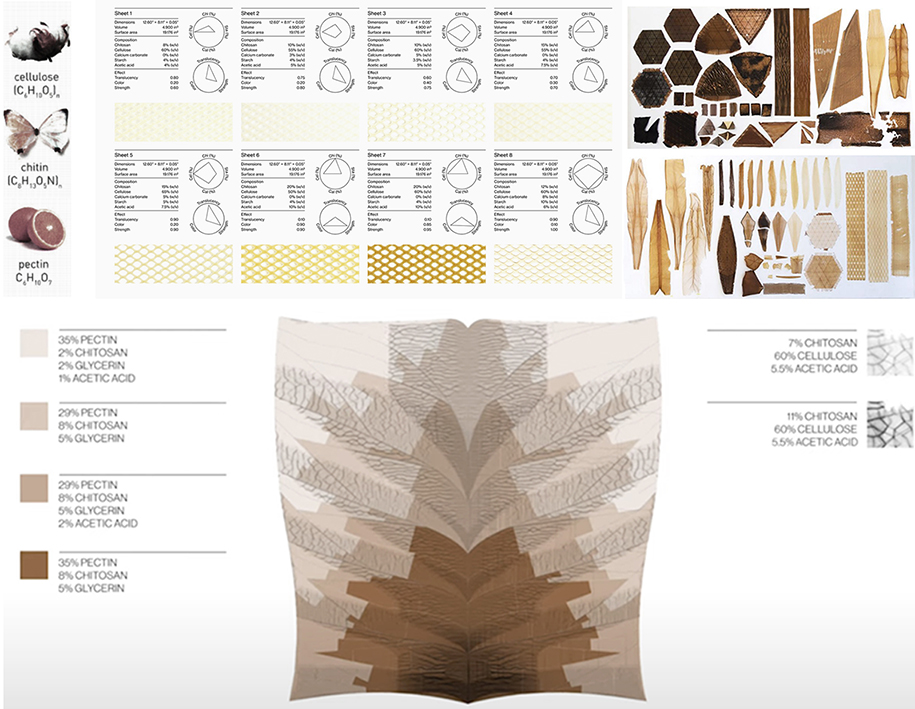
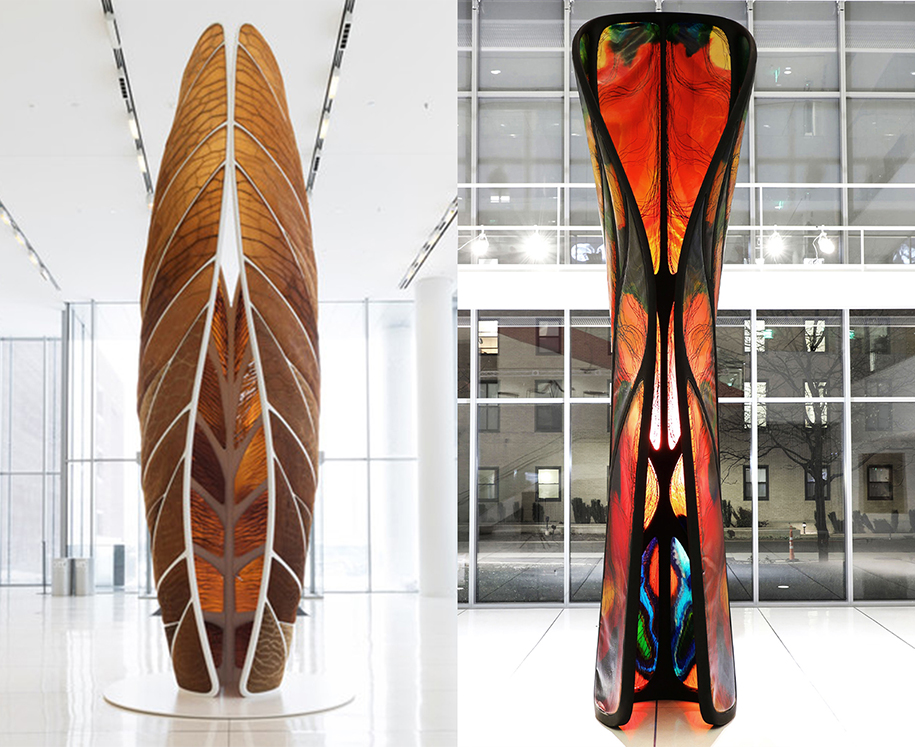
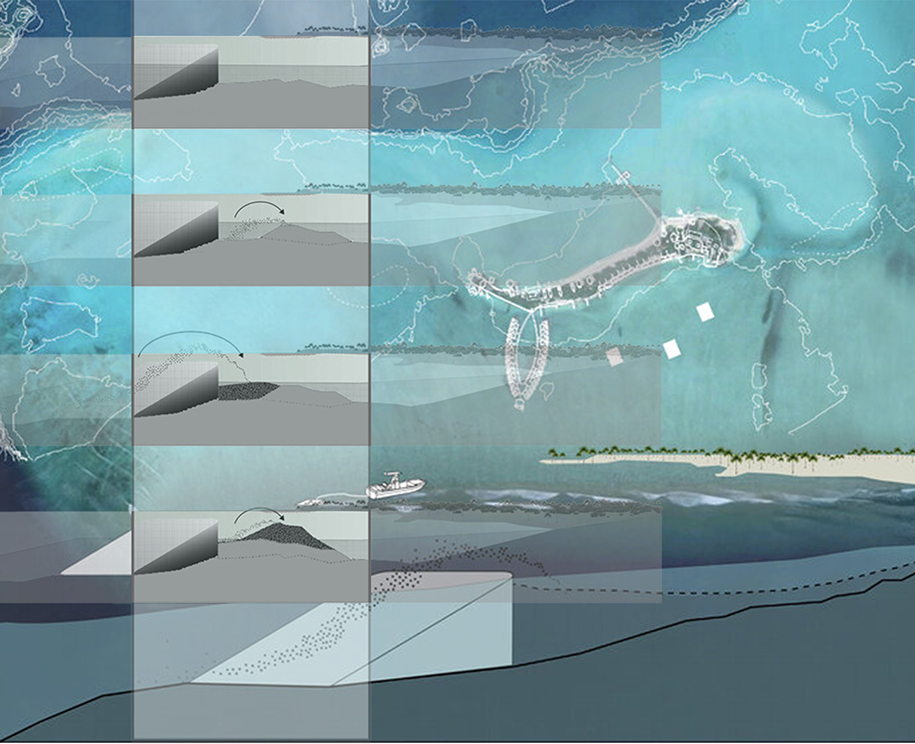
Finally, “biocomputation” was coined by David Benjamin and Fernan Federici and refers to the procedures that biological materials and organisms compose their structure and form as well as the way that computers can be used for modelling, stimulation and exploration of biological processes. Related research in “biocomputation” can be found by LabStudio.
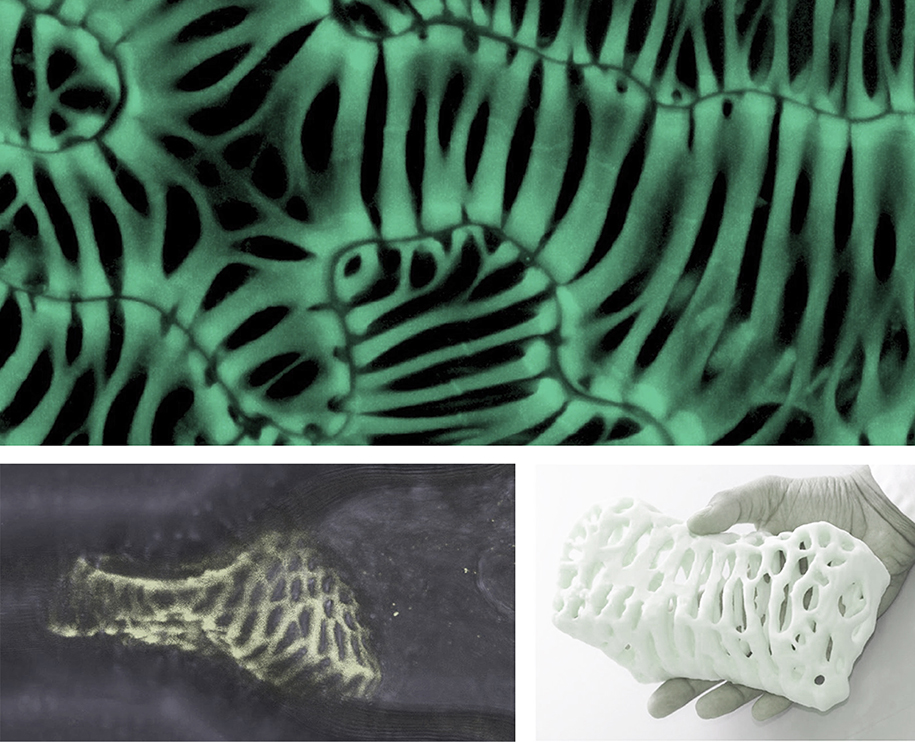
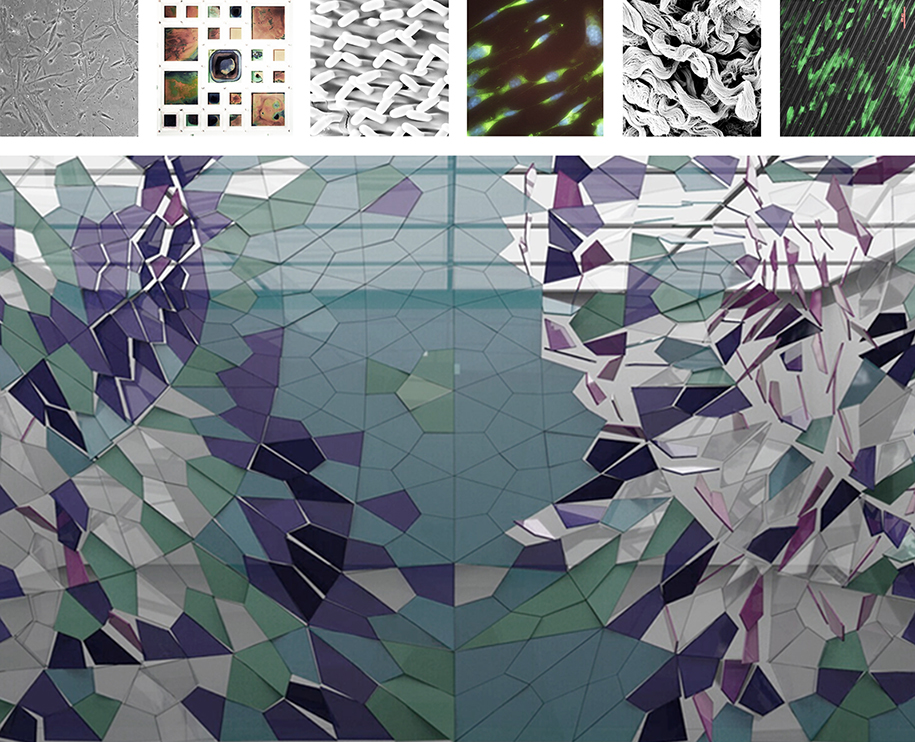
In conclusion, through biomimetic, nature is introduced s the main design parameter and “programs” the design process. As such, the collaboration between biologists, engineers and other disciplines could be beneficial. For this purpose, education for architects may have to be inclined more in biology, integrating biomimetic to the undergraduate course of universities in Greece.
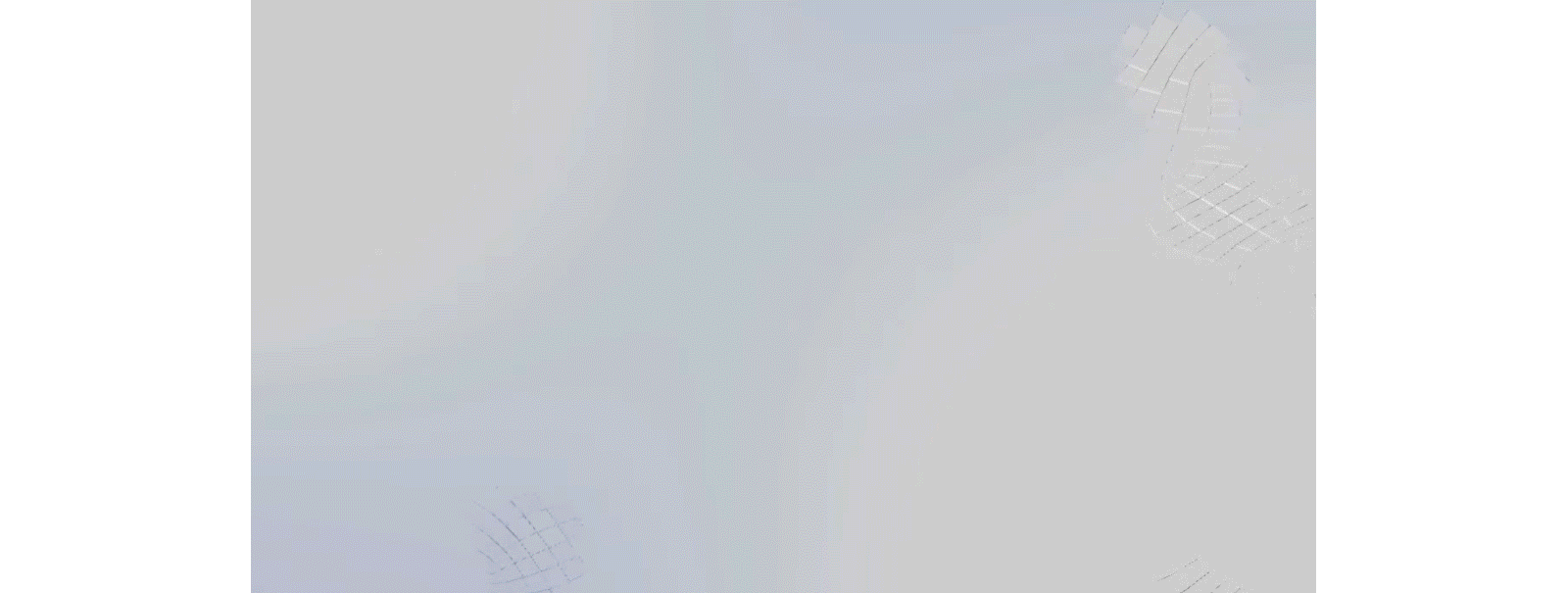
Facts & Credits
Project title “Naturalizing” Architecture: Biomimetic approaches to architectural design
Typology Student work – Diploma Research Thesis
University School of Architecture, Faculty of Engineering, Aristotle University of Thessaloniki
Supervisor Konstantinos Sakantamis
Completed June 2021
Students Athanasia Kloura, Emmanouela Myrtaki
READ ALSO: Κάθετη Σοκολατοποιΐα στο οικόπεδο της παλιάς Βιαμύλ | Διπλωματική εργασία από το Δημήτρη Καρακοντίνο